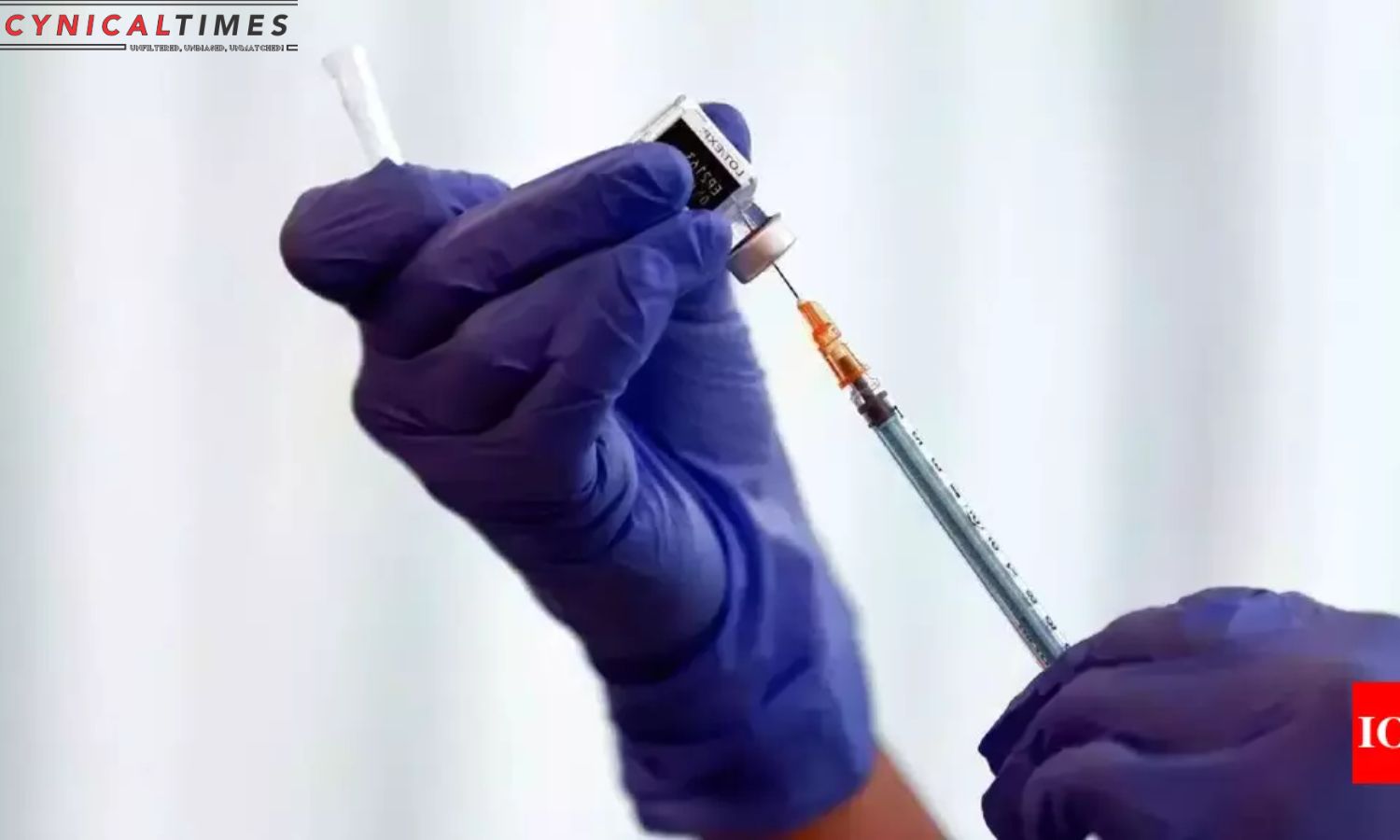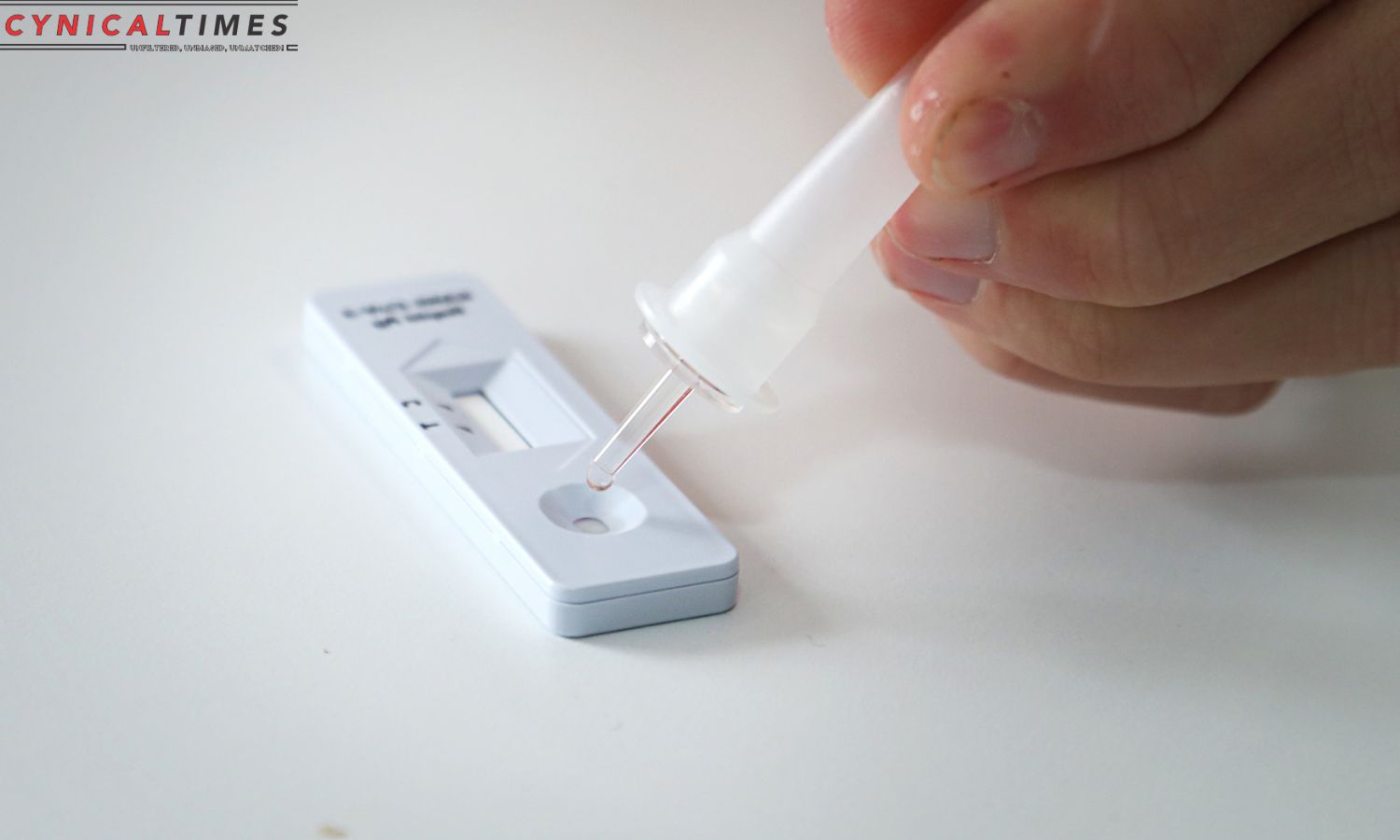Covid19 Alphabet Soup: As the world grapples with the ever-evolving landscape of COVID-19 variants, the nomenclature becomes as intricate as the science behind it. While Omicron and Delta grabbed headlines, the latest contender for dominance is JN.1, a name that might not resonate with the general public. In the complex realm of virology, precision matters, and scientists employ a naming system like Pango or Pangolin, aiming for a common language to discuss specific versions. This system, developed in 2020, involves a phylogenetic assignment of named global outbreak lineages, ensuring uniformity in identifying and tracking the virus’s evolution.
The days of naming viruses after the location of discovery or the host animal are fading. In 2015, the World Health Organization (WHO) adopted a policy against naming infectious diseases based on people, places, or things to avoid stigmatization. The initial identification of the virus causing COVID-19 as the “Wuhan coronavirus” shifted to SARS-CoV-2, emphasizing its genetic relation to the 2003 SARS outbreak. WHO named the disease COVID-19, steering clear of potential fear and stigma associated with the SARS name.
The rapid mutation of the virus is attributed to its use of RNA polymerase, which lacks the robust proofreading function of DNA polymerase. This leads to frequent mistakes during replication, generating variations swiftly. Additionally, the virus undergoes recombination through template switching, creating recombinant versions with features of two different viruses. To navigate this complexity, scientists rely on precise but less user-friendly naming conventions that involve lineages and sublineages, denoted by alphanumeric codes.


Also Read: Alzheimer Microglia Role and Potential Treatment Targets
While these scientific names serve the purpose of precise communication among experts, they can be bewildering for the general public. Attempts to simplify arose, with some variants gaining colloquial names like the “Kent variant.” In 2021, WHO introduced a Greek letter system for significantly distinct variants, designating them as variants of interest or concern. Alpha, Delta, and Omicron are products of this system, facilitating public understanding and emphasizing the unique threats posed by certain variants.
Despite these efforts, the evolving nature of the virus prompts ongoing discussions on refining naming systems to enhance clarity. The sheer volume of variants may necessitate new approaches to avoid excessive complexity. As scientists navigate the intricacies of virus classification, the public’s role in curbing the virus’s spread remains crucial. Vaccination, hand hygiene, masking, and responsible behavior contribute to mitigating the impact of variants, ensuring a simpler narrative for a global audience.
Our Reader’s Queries
What is a COVID-19 letter?
This letter is being sent to you as you have been diagnosed with or are suspected to have contracted Coronavirus disease 2019 (COVID-19), a highly contagious viral disease. It is imperative that you follow the instructions to isolate yourself immediately to prevent the spread of the virus to others. Your cooperation in this matter is greatly appreciated.
Is COVID still a thing anymore?
Even with lower case numbers and updated booster vaccines, COVID-19 is still a serious concern in 2023. It’s important to continue taking precautions and treating the virus with the same level of seriousness as before.
When did COVID-19 get here?
Life as we knew it changed drastically in 2020. The COVID-19 virus, first discovered in Wuhan, China in late 2019, quickly became a global concern. In January 2020, the Centers for Disease Control and Prevention (CDC) alerted the U.S. of the outbreak abroad, marking the beginning of a new reality for people around the world.
What is possible COVID-19?
COVID-19 can cause a variety of symptoms, from mild to severe, that may appear 2-14 days after exposure to the virus. Anyone can experience these symptoms, which may include fever or chills. It’s important to be aware of these potential signs of infection and seek medical attention if necessary.

